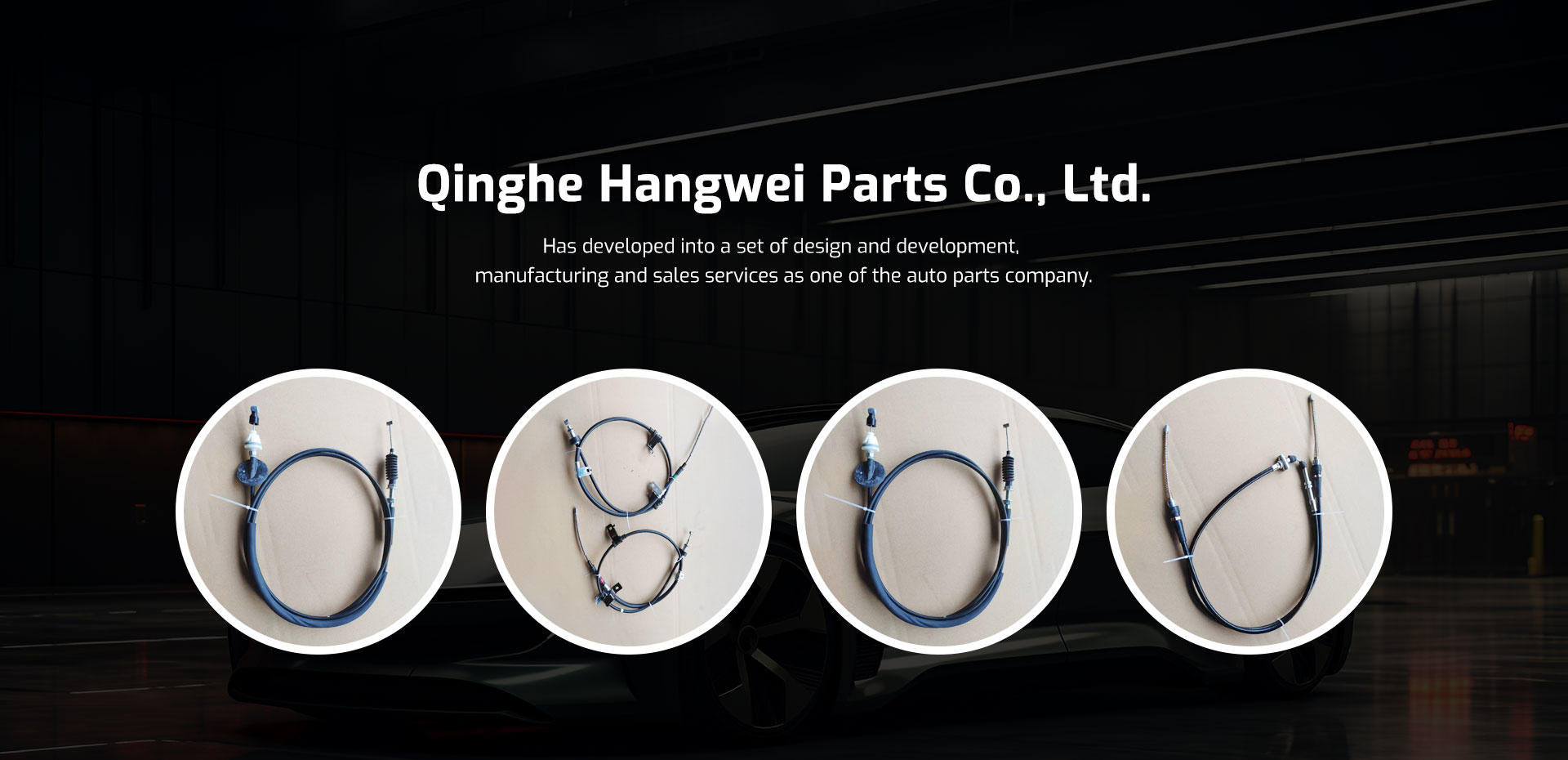cable throttle pedal
Understanding Cable Throttle Pedals Functionality, Benefits, and Applications
Throttle control is an essential aspect of vehicular operation, significantly affecting performance, speed, and drivability. Among the various throttle control mechanisms, the cable throttle pedal remains a favored choice in many applications, particularly in older vehicles, motorcycles, and certain specialized equipment. This article explores the functionality, benefits, and applications of cable throttle pedals.
Functionality of Cable Throttle Pedals
A cable throttle pedal operates through a straightforward mechanical system. When the driver presses the pedal, it pulls a cable that is connected to the throttle body of the engine. This cable connects the pedal directly to the throttle position, allowing for immediate, physical feedback. The connection is simple the further the pedal is pressed, the more the cable is pulled, opening the throttle and allowing more air and fuel to enter the engine. This direct link is one of the defining characteristics of cable throttle systems.
Components of Cable Throttle Systems
The basic components of a cable throttle system include the throttle pedal, the throttle cable, and the throttle body. The throttle pedal is typically a hinged piece that pivots when pressed, the throttle cable is usually made of a durable material capable of withstanding tension and wear, and the throttle body includes a butterfly valve that opens and closes in response to the cable’s movement. Additionally, the system may feature a return spring that ensures the throttle returns to its closed position when the pedal is released.
Benefits of Cable Throttle Pedals
1. Simplicity and Reliability One of the most significant advantages of cable throttle pedals is their simplicity. With fewer electronic components involved, these systems tend to be more reliable, as there is less that can go wrong. In situations where electronic systems might fail, a cable system continues to function, allowing the driver to maintain control.
2. Direct Connection The mechanical connection provides immediate feedback to the driver. This direct link translates actions into immediate responses from the engine, allowing for better control, especially in high-performance situations where precise throttle modulation is critical.
3. Cost-Effectiveness Cable throttle systems are generally less expensive to manufacture and install compared to their electronic counterparts. For basic applications and older vehicles, cable systems provide a cost-effective solution without sacrificing reliability.
cable throttle pedal

4. Ease of Maintenance Maintenance for cable throttle systems is typically easier due to their straightforward design. Regular inspections and adjustments can often be performed with minimal tools and expertise, making them user-friendly for DIY enthusiasts.
Applications of Cable Throttle Pedals
Cable throttle pedals are commonly used in various applications beyond traditional automotive use. Here are a few notable examples
- Motorcycles Many motorcycles utilize cable throttle systems for their simplicity and direct response characteristics. Riders appreciate the tactile feedback and control, which are essential for performance riding.
- Racing Vehicles In motorsports, where precision and response times are paramount, cable throttles are often favored for their immediate reaction to pedal inputs, allowing drivers to optimize their performance on the track.
- Marine Engines Some boats and marine equipment still rely on cable throttle systems, as they provide robust performance in challenging environments, reducing the risk of failure and simplifying repairs.
- Agricultural Machinery Many farming equipment and tractors continue to use cable throttle pedals, leveraging their reliability in rugged conditions where electronic systems might not perform as well.
Conclusion
Cable throttle pedals represent a reliable and effective throttle control system that has stood the test of time. Their simplicity, cost-effectiveness, and direct feedback make them an ongoing choice for a variety of applications, from motorcycles to agricultural machinery. While modern vehicles increasingly adopt electronic throttle systems for their benefits, the cable throttle pedal remains a trusted mechanism in many contexts, appreciated for its straightforward design and dependable operation. As technology continues to evolve, understanding the value of such traditional systems is essential for appreciating the full spectrum of vehicular controls.
-
Workings of Clutch Pipe and Hose SystemsNewsJun.04,2025
-
The Inner Workings of Hand Brake Cable SystemsNewsJun.04,2025
-
The Secrets of Throttle and Accelerator CablesNewsJun.04,2025
-
The Hidden Lifeline of Your Transmission Gear Shift CablesNewsJun.04,2025
-
Demystifying Gear Cables and Shift LinkagesNewsJun.04,2025
-
Decoding Clutch Line Systems A Comprehensive GuideNewsJun.04,2025
